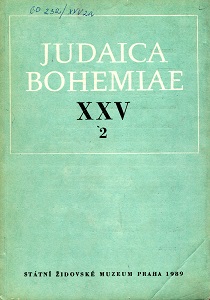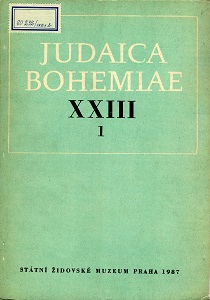Author(s): Joanna Tarkowska / Language(s): Polish
Issue: 2/2022
The article focuses on an analysis of cultural and literary elements which have shaped Maria Stepanova’s vision of her Jewish ancestors, incorporating motifs of the Holocaust, which—the writer claims—has affected also her own life. Thus she fi nds the category of postmemory crucial to her narrative and to her perception of the world before the Holocaust, as well as of the one that followed Shoah. In her novel, Stepanova refers to various texts of culture, and the article aims at a possibly faithful reconstruction of her ideas by analyzing selected elements present in them which, on the one hand, refl ect her attitude to her family and to the Holocaust and, on the other, point out to her rootedness in Marianne Hirsch’s research and in the accomplishments of various humanistic disciplines. Thus the considerations offer insights into nine selected categories recurring in Stepanova’s novel, i.e., (1) the memoir, (2) the family, (3) the things and the people, (4) the letters, (5) the postmemory and the Holocaust; (6) the cemetery, (7) the fi lm, (8) the museum, and (9) the literature. An analysis of these categories makes it possible to approach Stepanova’s polyphonic narrative most comprehensively and to identify its rootedness in the ideas put forward by Susan Sontag, Marianne Hirsch, Hannah Arendt, Winifried G. Sebald, Rafael Goldchain, Francesca Woodman, and Joseph Cornell, among others.
More...
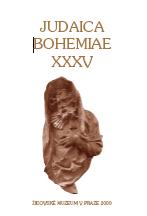

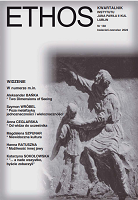
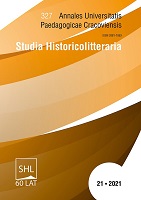
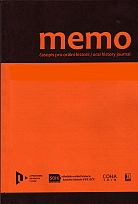
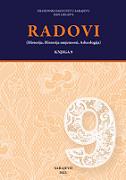
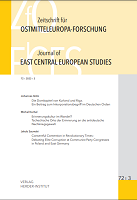
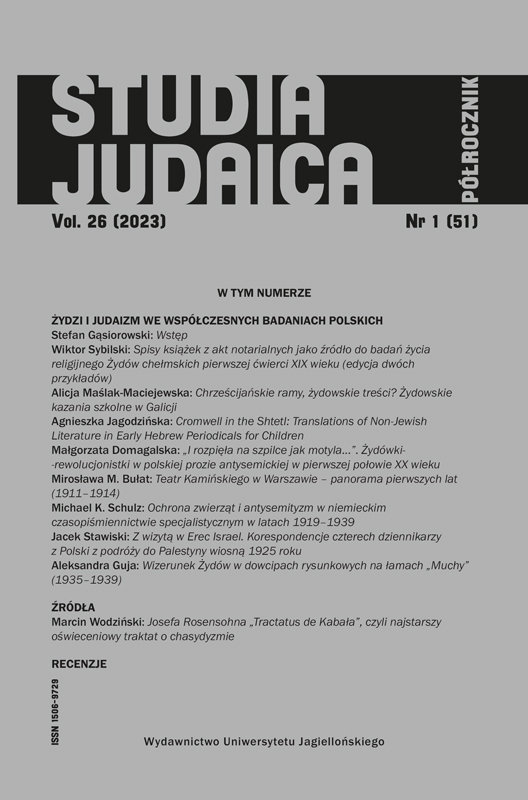
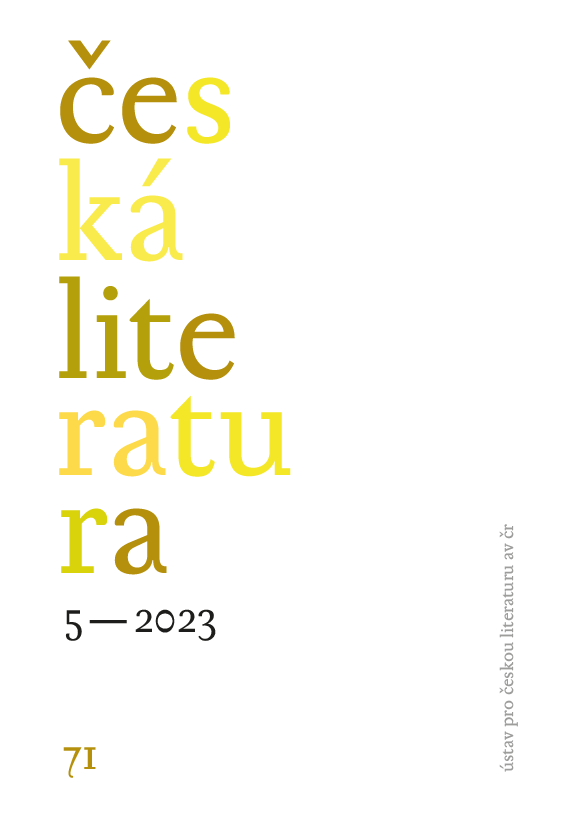
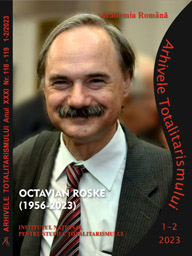
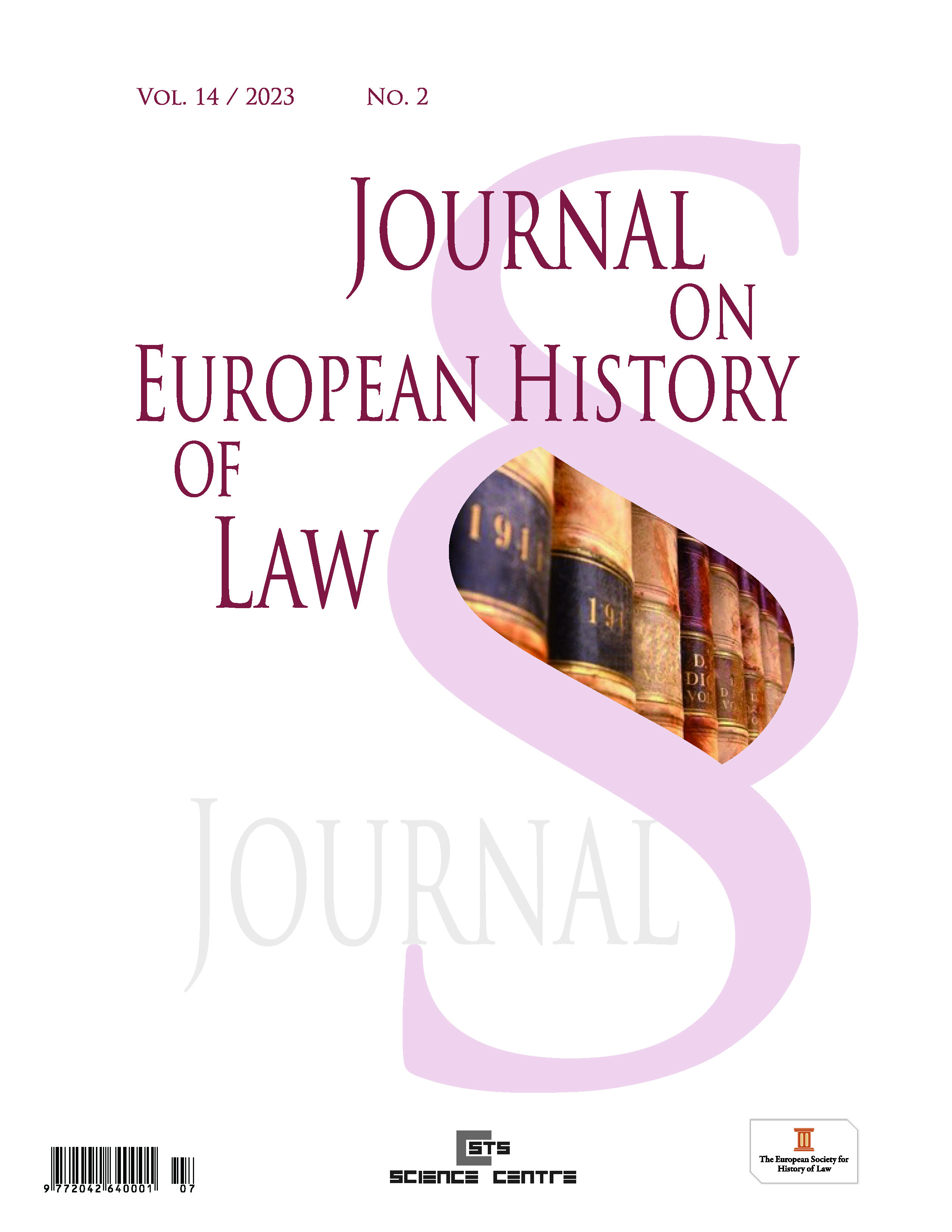
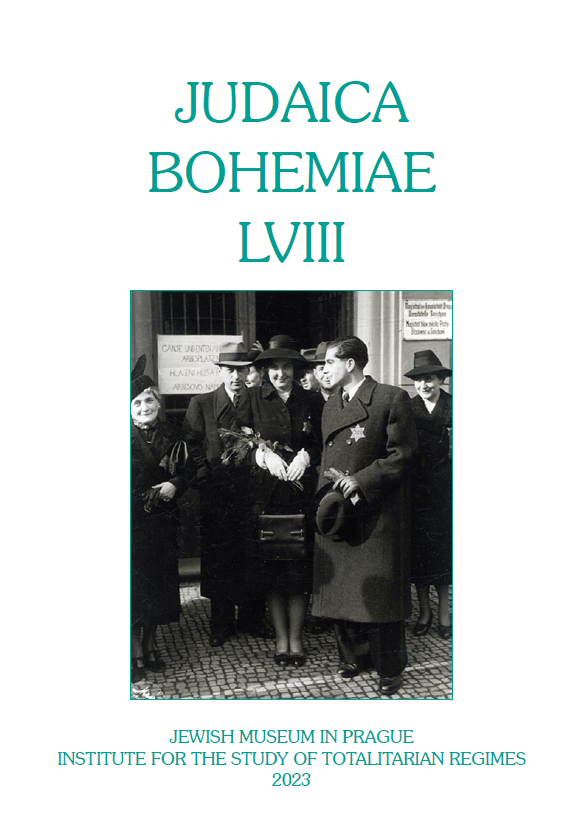
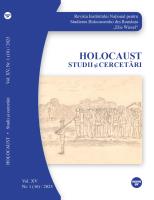
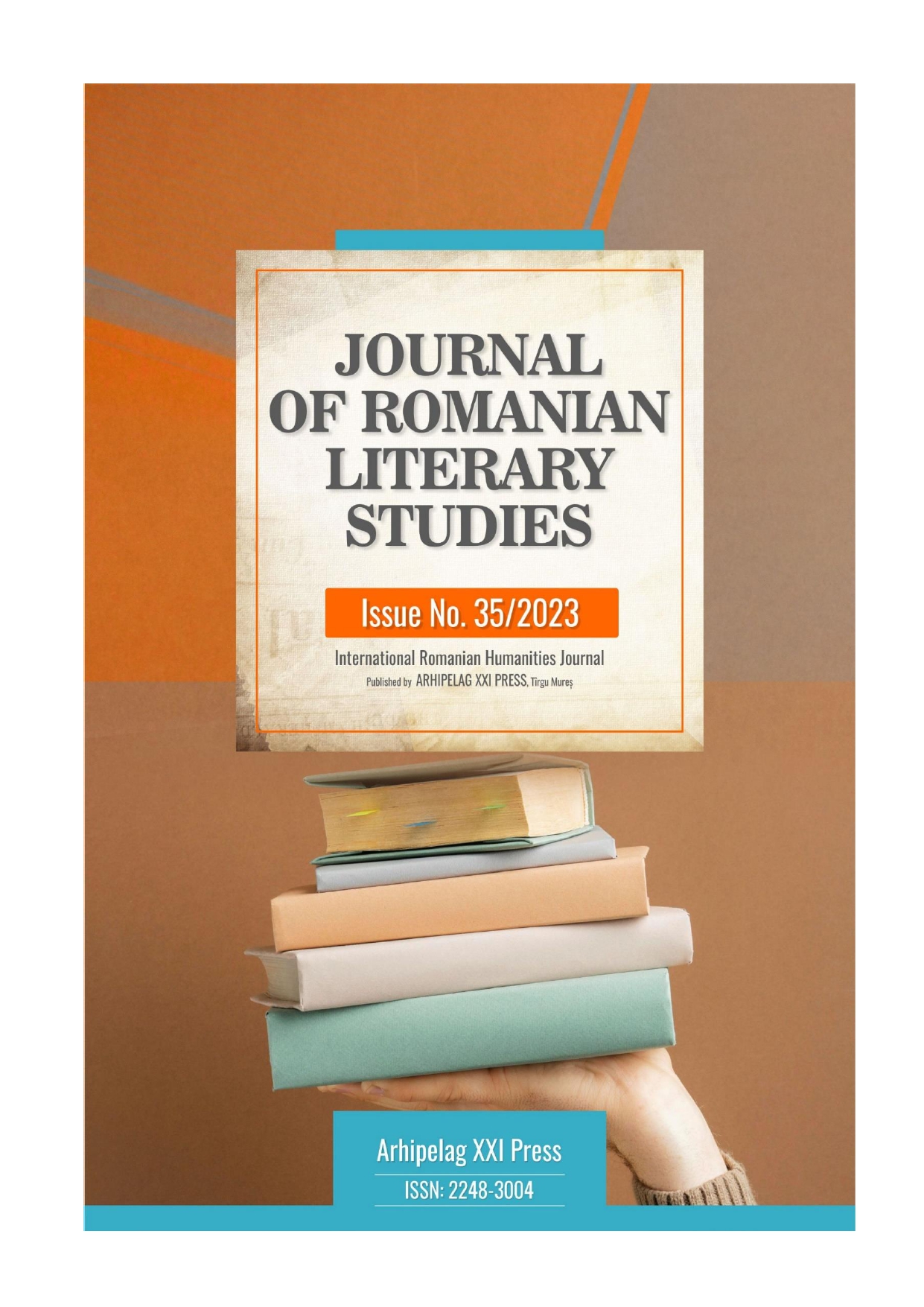
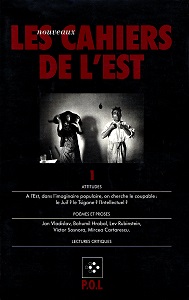
![Memory of the Holocaust in Henryk Grynberg’s volume of poetry Dowód osobisty [Personal ID]](/api/image/getissuecoverimage?id=picture_2023_80419.jpg)
